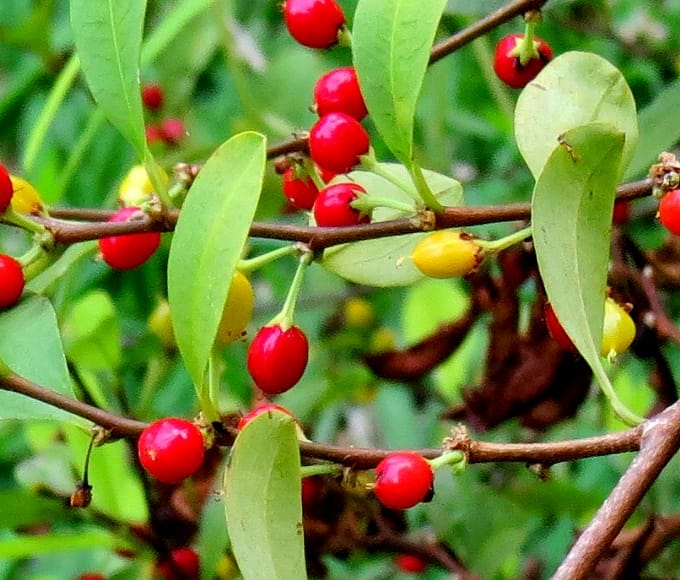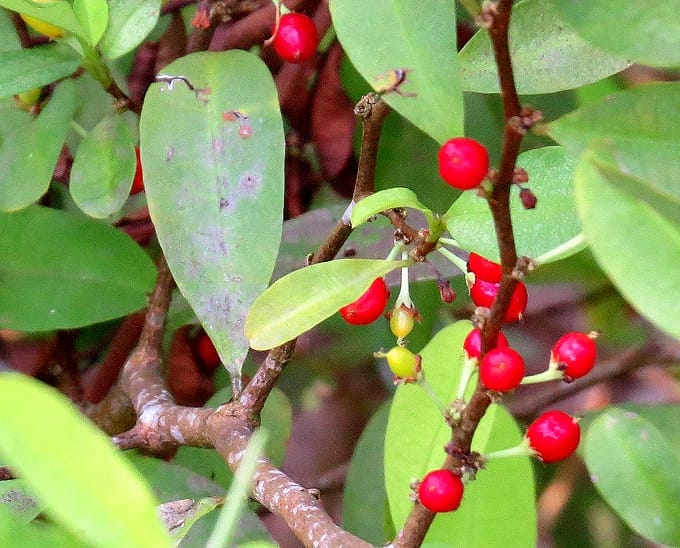What Are Coca Seeds?

When people search for Coca Seeds, they’re often curious about a remarkable tropical species — Erythroxylum coca.
This evergreen shrub has a long and complex history, admired by botanists and ethnobotanists for its resilience, adaptability, and cultural significance in South America.
In this article, we’ll explore the botanical side of Erythroxylum coca, its natural habitat, and why it continues to attract researchers and collectors around the world.
The Erythroxylum Coca Plant – A Brief Botanical Overview

The Erythroxylum coca plant is native to the Andean regions, thriving in warm, humid environments.
It’s a small evergreen shrub with glossy green leaves, white flowers, and red berries containing small viable seeds.
Botanically speaking, Erythroxylum species are valuable because of their adaptation to various altitudes and climates — a true example of nature’s diversity.
🔗 Learn more about this species on Wikipedia – Erythroxylum coca
Cultural and Ethnobotanical Importance
For thousands of years, Erythroxylum coca has been part of traditional Andean culture.
Locals have valued the plant for its role in rituals, trade, and community life — long before modern science began to study it.
Today, ethnobotanists view coca plants not as commodities, but as living symbols of cultural resilience and biodiversity.
Growing Conditions and Habitat

Coca plants prefer:
Warm tropical climates (15–30°C)
Well-drained, nutrient-rich soil
Moderate humidity and sunlight
They are often cultivated in greenhouses or botanical research settings, allowing scientists to study their morphology and ecological adaptation.
Preserving Ethnobotanical Heritage
At DBotany, we believe in promoting education, conservation, and awareness of rare plant species such as Erythroxylum coca.
Our mission is to support responsible research and appreciation for ethnobotanical diversity worldwide.
If you’d like to explore more about these plants, visit our Ethnobotany Collection or contact us at info@dbotany.com for educational materials.
Conclusion – Understanding the Coca Plant’s Legacy
Coca seeds symbolize far more than a tropical plant — they represent centuries of ecological adaptation and cultural heritage.
By studying and preserving species like Erythroxylum coca, we help protect an important part of global botanical history.
🌱 Respect for nature begins with understanding its roots.

